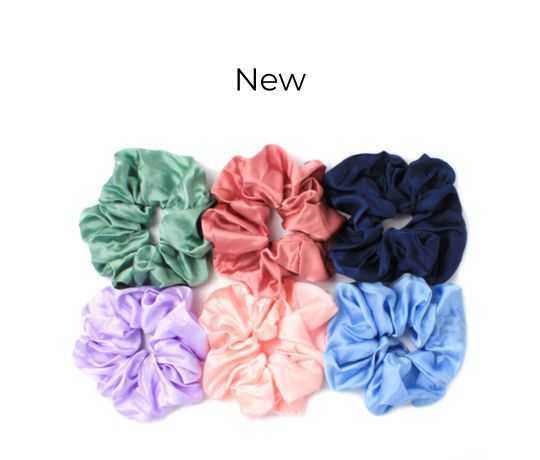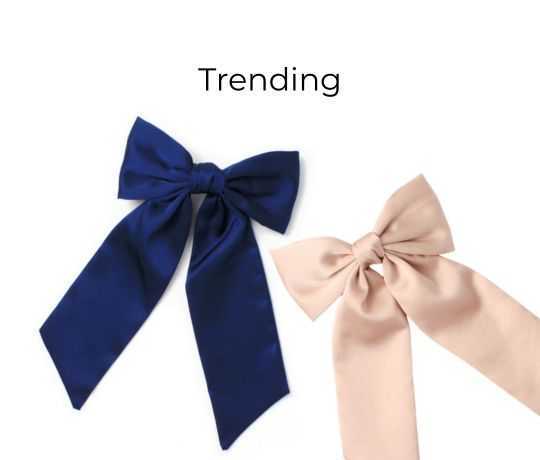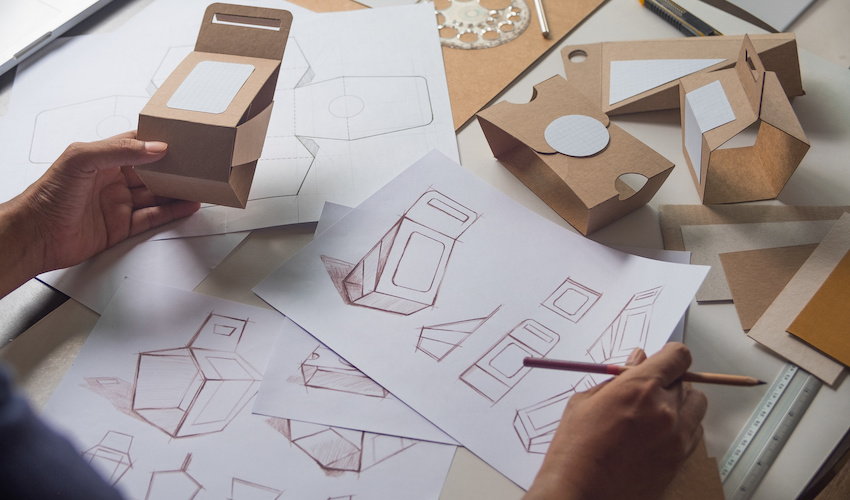
There are many types of packaging you can choose from to present and ship your products, but which is best? In this blog, we look at seven different types of packaging and how to pick the right one for your product.
How do you choose the right type of packaging?
When it comes to finding the right packaging for your product, the solution may be more obvious than you think. Some products naturally lend themselves to a certain type of packaging or material, like spring water in a plastic bottle or takeaway pizza in a box.
The primary purpose of packaging is to get your product safely into the hands of your customers, so start by thinking about how you can achieve this.
Ask yourself these questions.
- - How heavy is your product?
- - Will it be stored in a warehouse with other similar products?
- - Does it need to fit on a shelf in a supermarket or shop?
- - How will you be shipping your product? Will it go directly to the customer?
- - Do you want to personalise your packaging?
- - Is your product perishable? Does it need to be kept airtight?
This should you give you some idea of the size, shape, and material you'll need to package your product effectively.
Primary, secondary, and tertiary packaging
Not all packaging does the same job. It’s worth noting the difference between primary, secondary, and tertiary packaging.
- - Primary packaging comes into direct contact with the product itself. Its job is to preserve and protect what’s inside. A good example is the glass bottle that holds your beer or a tin of coke.
- - Secondary packaging is designed to hold multiple units. It makes stacking products on shelves and moving stock around easier. A six-pack of beer, for example, will be contained in an outer layer of branded packaging.
- - Tertiary packaging is used to transport products from A to B. It usually takes the form of a box, pallet, or crate. It is rarely seen by the consumer.
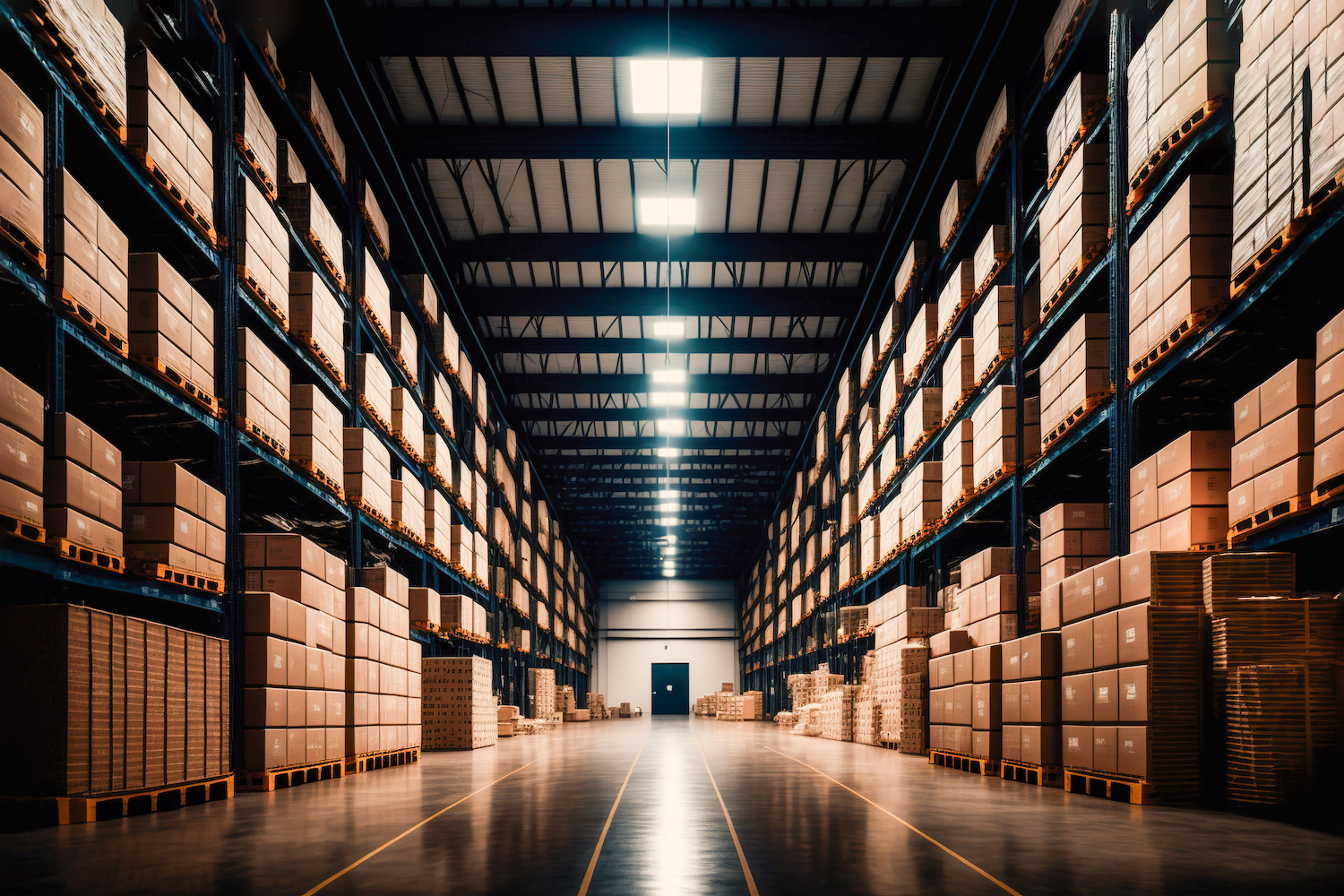
What are the seven types of packaging?
There are seven different types of packaging for you to choose from. In this section, we’ll look at the pros and cons of each one.
1. Kraft paper packaging
Kraft packaging is particularly popular because it remains cost-effective while still looking high-end. It lends itself well to being personalised and is versatile enough to be cut and formed into different shapes.
The drawback of paper-based packaging is that it doesn’t hold up well against moisture, so it isn’t suitable for food or cosmetics.
2. Corrugated boxes
Corrugated cardboard boxes are a popular choice for shipping goods. This type of box comprises an inner and outer layer with a corrugated middle that gives it a sturdy structure.
Like many other paper-based products, corrugated boxes are considered environmentally friendly. They’re often made from recycled materials and can be reused or recycled at the end of their life.
Corrugated boxes work well with lightweight items, but they are prone to collapse if they’re overloaded. It’s also worth noting that they’re not weather-proof.
3. Rigid boxes
Perhaps the most well-known example of a rigid box is the one that Apple uses to package its iPhones. It’s four times thicker than some paperboard which gives it a premium feel, perfect for luxury and high-end goods.
The drawback to rigid boxes? They’re expensive and non-collapsible, so you might find your shipping costs are higher because these boxes take up more space. 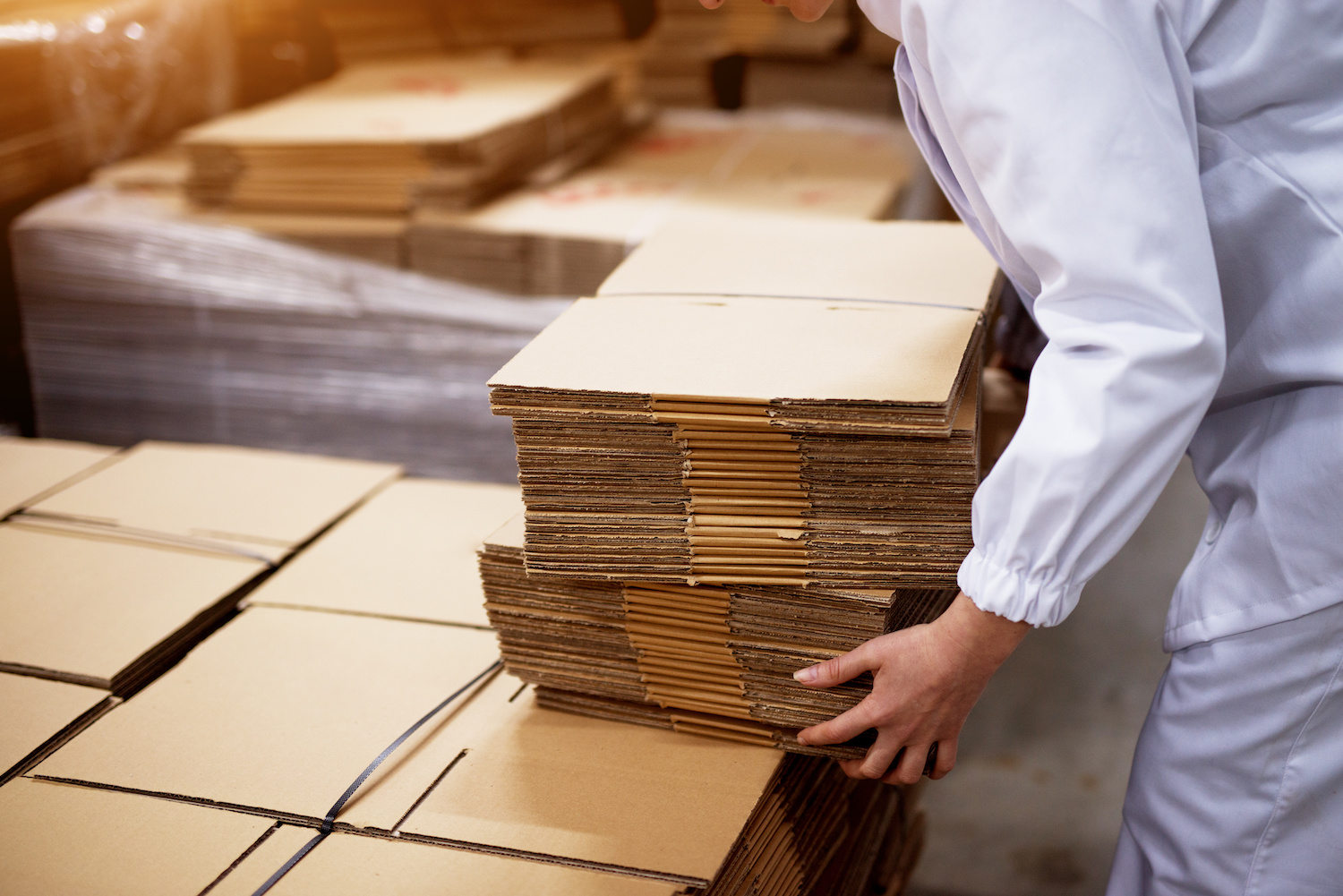
4. Shrinkwrap
Shrinkwrap is a type of plastic film that is often used for food packaging. Flexible and lightweight, it can also be used to wrap awkwardly shaped items.
As it’s hard to print on, shrinkwrap is not ideal an ideal vehicle for promoting your product. It’s usually combined with another layer of packaging that contains vital information about the product, and this offers a better opportunity for branding.
5. Poly bags
Poly bags are usually made from polyethene (PE). They can be custom-made to suit a range of different applications, but they’re most often used as an alternative to cardboard boxes for shipping small and non-fragile products.
Though some poly bags are made from recycled materials, the public perception is that all plastic is bad for the environment. Increasingly, consumers are looking for eco-conscious brands that use sustainable packaging.
Learn more about how to use eco-friendly packaging in your business.
6. Bottles
There are as many variations of plastic and glass bottles as there are products that you can put in them. From beer to bubble bath, they are the ideal container for liquids.
Creating a custom-shaped glass bottle can help a product stand out from the crowd, but this is expensive. A more affordable way of branding your bottle is creating a customised label or plastic wrap.
It’s also worth remembering that individual glass units are fragile and must be packaged carefully. 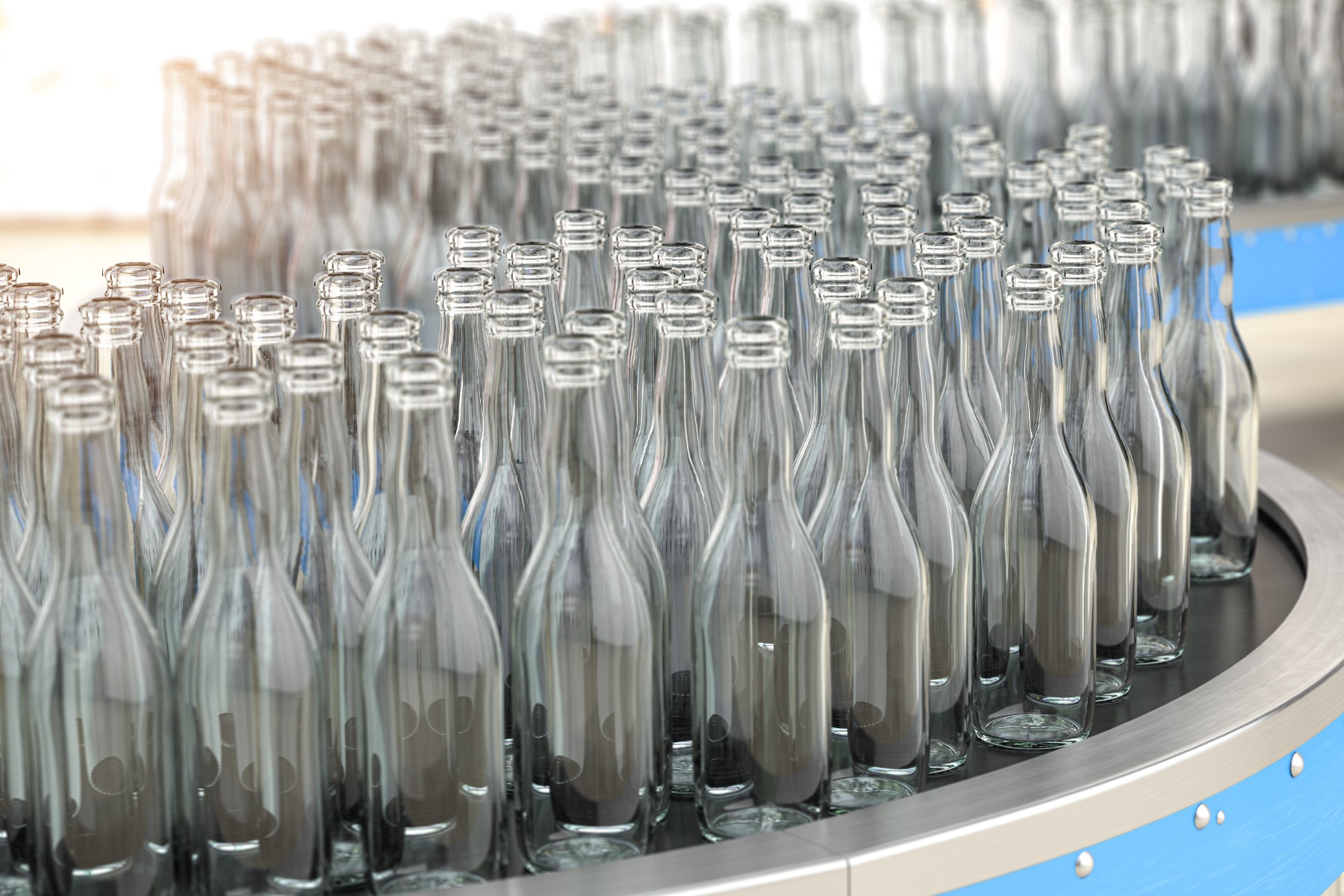
7. Metal tins and cans
Metal tins and cans are mostly used for packaging perishable goods. They protect the contents and increase the product’s shelf-life. Tins and cans are also easy to store and transport in bulk.
The only drawback is that they are heavy, which can make tins and cans expensive to ship.
Why is your packaging important?
The primary purpose of packaging is to ensure that your product safely reaches the customer in one piece. Beyond this, there are other advantages to choosing the right packaging.
- - It makes it easier to store and transport your goods.
- - It’s an opportunity to create something attractive, so it’s more likely to be picked off the shelf.
- - It’s a way of giving your product a leading edge so it stands out from the competition.
- - You can use the unboxing experience to make a lasting impression that turns customers into brand ambassadors.
Types of packaging – the bottom line
Some products naturally lend themselves to a certain type of packaging, but where you have the freedom to choose, you have several options.
The different types of packaging we’ve outlined in this blog post are a great starting point, but there are many more. It’s a great opportunity to be creative, but first and foremost, you should ensure that your packaging contains your product safely.

